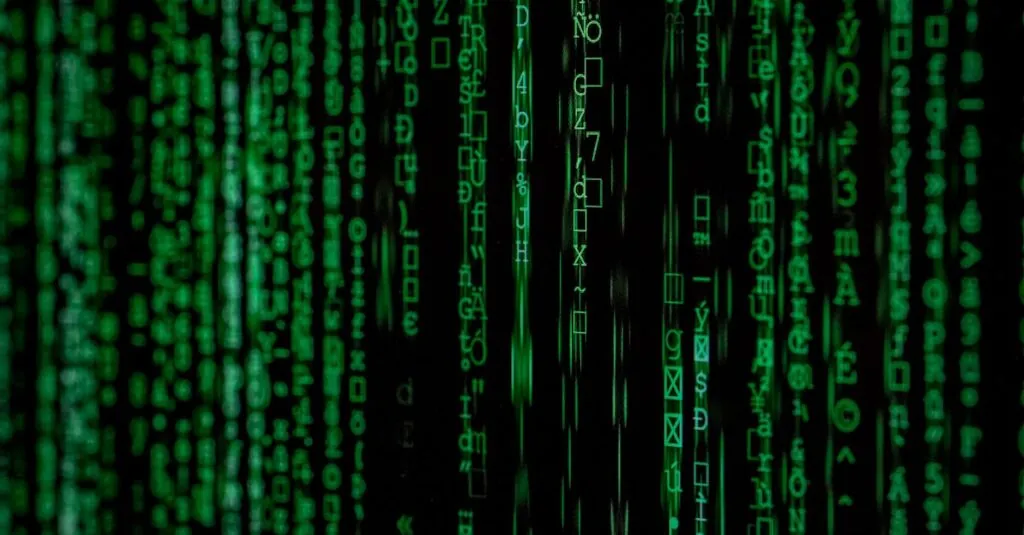Table of Contents
ToggleIn the world of 3D printing, support structures are the unsung heroes, quietly holding up the dreams of makers everywhere. Without these little pillars of strength, intricate designs would crumble faster than a cookie in a toddler’s hands. Imagine crafting a stunning model only to watch it collapse into a sad pile of plastic. Not ideal, right?
Overview of 3D Printer Support Structures
Support structures play a vital role in 3D printing, ensuring that complex models maintain their integrity during the printing process. These structures provide stability and prevent unwanted deformations.
Importance of Support Structures
Support structures are essential for holding up overhangs and intricate details that would otherwise sag or collapse. They protect delicate features during printing and improve the overall quality of the finished product. Creators often encounter challenges without these supports, leading to wasted time and materials. Effective support systems not only enhance print success rates but also expand design possibilities, enabling the production of more complex geometries.
Types of Support Structures
Several types of support structures exist, each designed for specific printing needs. Breakaway supports allow easy removal after printing, minimizing post-processing efforts. Tree-like supports use a branching structure to provide minimal contact with the model while maintaining stability. Lattice supports offer lightweight solutions, creating a balance between strength and material use. Adaptive supports adjust their density based on the geometry of the model, optimizing material consumption. Understanding these variations helps creators choose the most suitable option for their projects.
Types of 3D Printer Support Structures
Support structures vary in design and function, catering to different printing challenges. Understanding each type enhances the ability to produce high-quality prints.
Breakaway Supports
Breakaway supports consist of easily removable materials that provide stability during printing. Designers use this type for complex geometries requiring significant overhang support. Once the print concludes, creators can remove the supports by hand, minimizing touch-up work. These supports reduce the risk of damage to delicate parts. They’re compatible with many filament types, making them a versatile choice for various projects.
Tree Supports
Tree supports take on a branched structure, resembling a small tree. This design effectively supports models with large overhangs while using less material than traditional support methods. Filament usage is optimized, reducing the weight of the structure during printing. Tree supports easily detach from the print, ensuring minimal scarring on the surface. They work best for intricate designs where traditional supports might hinder access to key details.
Internal Supports
Internal supports are located within the model, providing hidden reinforcement. This technique helps maintain structural integrity without altering the exterior appearance. Internal supports are particularly useful for complex shapes that would otherwise fail without support. They avoid unnecessary external material, preserving the aesthetics of the finished product. This approach offers benefits in both material efficiency and print quality, making it an excellent option for skilled creators.
Benefits of Using Support Structures
Support structures play a vital role in 3D printing, influencing both design possibilities and print outcomes.
Improving Print Quality
Support structures enhance print quality by maintaining precision in intricate designs. They prevent warping and sagging, especially in models featuring overhangs or delicate details. Better surface finishes result when supports stabilize these areas during the printing process. Various types of supports, such as tree-like and breakaway, optimize filament usage while minimizing post-processing work. A well-supported print allows for sharper edges and smoother surfaces, contributing to an overall professional look. Printing with adequate support undeniably improves the final appearance, making complex designs feasible without compromising quality.
Reducing Print Failures
Print failures decrease significantly with the implementation of support structures. They prevent unwanted collapses that often occur with complex geometries, safeguarding the integrity of the model throughout the printing process. Missing supports lead to failed prints and wasted materials. Internal supports provide reinforcement without altering the exterior, offering a hidden method for enhancing stability. Using the right support structure can save time and resources, ultimately increasing success rates. Creators can focus on ambitious projects with confidence, knowing that optimal support structures bolster their designs.
Challenges and Considerations
Understanding the challenges of 3D printer support structures leads to better design choices. Creators must address several factors to optimize their models.
Material Selection
Material choice significantly impacts the effectiveness of support structures. Various materials, such as PLA, ABS, or PVA, exhibit different adhesion levels and ease of removal. PLA provides strong support but may require additional cleanup due to its sticking properties. ABS offers durability but can present challenges with warping. PVA, a water-soluble option, allows for effortless removal. Each material interacts differently with the main print, influencing print quality. Evaluating material compatibility ensures successful adhesion and full support of complex overhangs.
Design Constraints
Design considerations shape the necessity and type of support structures. Complex geometries and intricate details often dictate specific support requirements. Overhang angles impact the type of support used; greater angles necessitate stronger support. The model’s dimensions must suit the selected support style to maintain structural integrity. Evaluating design constraints optimizes the printing process. This approach reduces post-processing and enhances the final product’s aesthetics. Creators who understand design complexities achieve higher rates of success in their 3D printing projects.
Conclusion
Support structures are essential for successful 3D printing. They provide the necessary stability for intricate designs and prevent common issues like sagging and collapsing. By selecting the right type of support structure, creators can enhance print quality and reduce the risk of failures.
Understanding the various options available allows for better decision-making, leading to improved results in ambitious projects. As technology advances, the effectiveness of support structures continues to evolve, offering even greater possibilities for designers. Embracing these innovations will empower creators to push the boundaries of their 3D printing capabilities.




